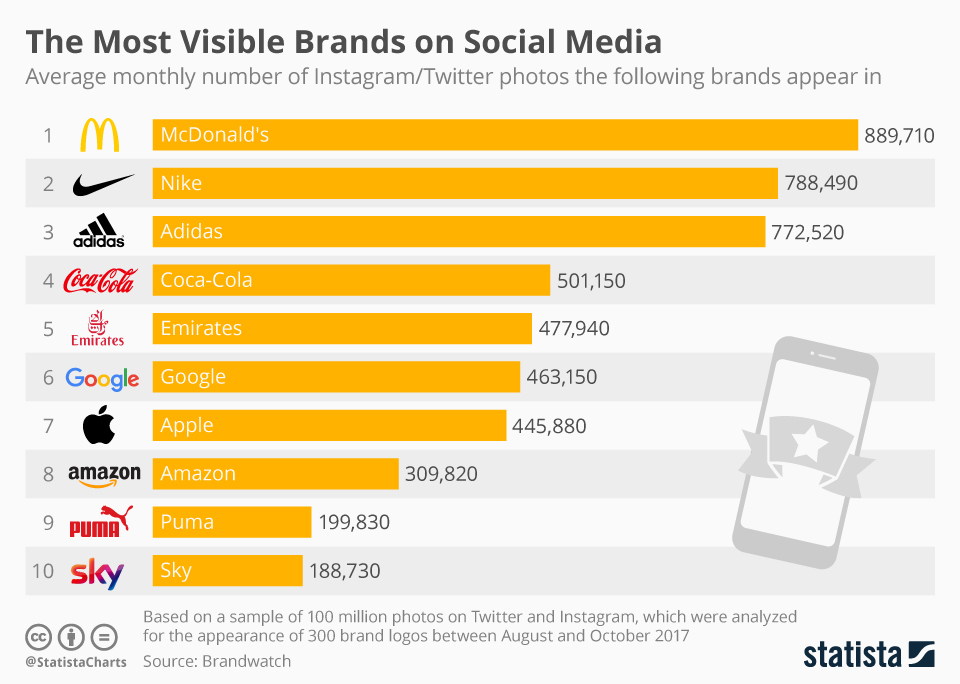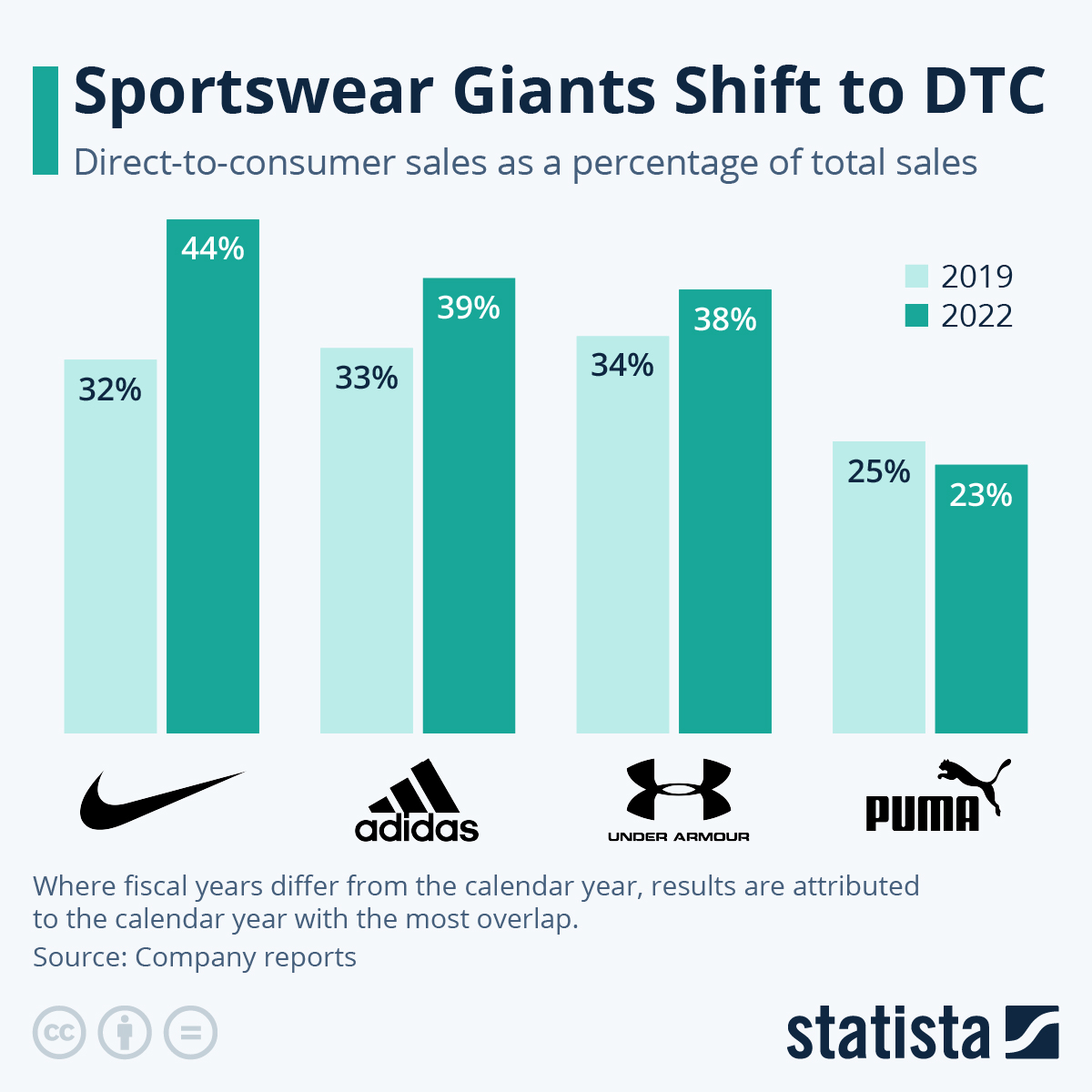One brand that dominates the mindshare while consumers think of Hip Hop and sporty brands is Adidas. So much so that Adidas is now one of the most desirable sportswear brands. Adidas produces various sports equipment across different types of sports. But then the question is what is the business model of Adidas that is helping the brand rule the sportswear industry across all the sports (obviously next to Nike).
As of 2020, Adidas had a turnover of €19.844 billion and has approximately 62,285 employees worldwide. From establishing itself as one of the best sportswear, it has also been working towards establishing itself as one of the best CSR companies globally (as of 2020).

How it all Began?
The foundation for Adidas was laid in 1920 by Adolf Adi Dassler, a 20-year old German who was an extremely passionate athlete. He started producing shoes outside his mother’s laundry room using limited materials available post WW1. Initially, he did not intend to sell sneakers and had completed his apprenticeship in a bakery before he started selling his sneakers to produce the best shoes for passionate athletes.
He understood the need for high-quality sports equipment and regularly visited the athletes to seek feedback on what these athletes truly desired. Such observations and a genuine desire to help athletes further encouraged Adolf to develop products that would better the consumers’ lives.
Currently, Adidas has products in the following category
- Footwear
- Apparel
- Accessories and Gear

In July 1924, the business was established as “Dassler Brothers Shoe Factory” (Gebrüder Dassler Schuhfabrik), which was later joined by his elder brother. It was only in 1936 that the brand found true success when Adi gifted shoes to the gold medallist Jesse Owen an American track-and-field star, who also made a world record in the 1936 Berlin Olympics. The business became quite successful and was selling 200,000 shoes each year until WWII hit.
After WWII in 1947, the brothers had a clash and they split. Rudolf formed another shoe company known as Puma, which is now considered one of the strongest rivals of Adidas.
Fun Fact: The complete form of Adidas is ‘All Day I Dream About Sports.’ Initially, in 1949 the logo was a spiked shoe hanging in between the letter ‘d’
Adidas logo developed its famous three strips from the original founder Karhu Sports, who was short on capital post-WWII. The owners decided to sell the trademark of their logo for €1,600 and two bottles of whiskey. As per Economic Times, The three-stripes of the Adidas logo represent a mountain, pointing out challenges and goals people need to overcome.
It was only in 1971 that the brand unveiled the three-stripe Adidas logo in the form of a leaf called the “trefoil.” This version was later replaced in 1990 by the current logo, shaped like a triangle for the Equipment Line but later became the corporate logo, though the trefoil logo can still be found on some Adidas original products.
Adidas Business Model is based on integrating hip hop culture and sports
In 1970 the brand delivered its football for the 1970 World Fifa Cup and designed the ball in such a way that it would increase the visibility on the black and white screen, and this soon led to one of the most successful and famous partnerships of Adidas providing footballs to Fifa World Cup after that.
In 1986, the brand expanded and entered the hip-hop culture and soon became a household name and a lifestyle. Unknown to Adidas, the hip hop group Run DMC wrote a song about their shoes, “My Adidas,” and held up the 3-Stripes shoes during the concert in front of 40,000 fans – amongst which was an Adidas employee, and it led to an unexpected partnership.
It was the first time that sport and art were merging, which led to the brand’s growth over a much larger audience and customer base. This led Adidas to develop new ways of marketing, which was considered as of the critical areas of the company, which led to its success and allowed it to achieve a competitive advantage.
Adidas Marketing Strategy
One of the most famous taglines of Adidas is ‘Impossible is Nothing,’ which focuses on the importance of fitness and the importance of striving for something that a person truly desires and is also one of the primary marketing strategies for the company.
 You will find more infographics at Statista
You will find more infographics at Statista
Furthermore, it has also sponsored many world sports events such as FIFA, UEFA, NBA, Cricket & Olympics. At the same time, it is also known to provide the best products which are comfortable, long-lasting, and beyond the ordinary.
Moreover, it also takes advantage of 6 major cities, which helps shape the trend and the buying decisions of the targeted customers. These cities are Los Angeles, London, Shanghai, New York, Tokyo, and Paris. In the UK, it primarily focuses on selling soccer products, whereas it focuses on basketball and baseball in the US. Adidas ensures that the marketing strategy meets the needs of consumers globally.
The collaboration of Adidas with various athletes and significant-tech companies has allowed it to enhance innovation with branding and marketing. This has led to the development of a more vital relationship with the customers ensuring customer loyalty. It also collaborates with celebrities which includes music and fashion icons. Thus, the strategy is to build must-have designs that reach out to more than just sports fanatics.
This can be seen when Adidas created Yeezy with Kanya West. It turned out to be one of the fastest-growing footwear lines and, in 2021, was valued between $3.2-$4.7 bn. This has allowed it to expand the customer base and reach out to those customers who are not sports fans.
Nike also has a powerful marketing strategy. Do check out!
Adidas’ powerful distribution network
Another competitive advantage that Adidas has is its distribution channel. Globally it has around 2500 stores. The global supply chain of Adidas extends to various tiers from manufacturing partners to raw materials such as cotton, leather, and natural rubber and the use of technology.
The majority of the products are produced by 132 manufacturing partners worldwide. At the end of 2020, 61% of the strategic suppliers had worked for more than ten years, and 30% worked for more than 20 years.
As of 2020, it outsources most production and has 500 independent factories globally that manufacture products in more than 49 countries. Its supply chain has different types of business partners and also has multiple layers. As of 2020, the top 4 countries in terms of sourcing volumes were:
- Vietnam
- Indonesia
- China
- Cambodia
How Adidas is adding sustainability to its business model
Back in 2015, Adidas collaborated with Parley for the Oceans, an environmental organization. One of the primary goals of Adidas is to double the number of recycled sneakers. In 2021, Adidas aims to produce 17 million pairs of shoes with recycled plastic waste collected from beaches and coastal regions, after more than 15 million in 2020.
Sustainability is an integral part of the Adidas business philosophy. We have continued to invest in sustainability initiatives during the coronavirus pandemic, and we will significantly expand our range of sustainable products in 2021.
Adidas chief executive officer Kasper Rorsted in a press release.
Furthermore, it is also currently focusing on eliminating the use of fur and focusing more on using plant-based leather, recycled cotton, and eco-friendly shoes to achieve by 2050 complete global neutrality.
As per the company’s press release, six out of ten Adidas articles are made from sustainable materials. By 2025, nine out of ten will be sustainable as the company expands and further innovates its 3-loop system: recycled loop (made from recycled materials), circular loop (made to be remade), or regenerative loop (made with natural and renewable materials). adidas has been researching fully recyclable or biodegradable materials for some time already and aims to only use recycled polyester in every product from 2024 onward.
Moreover, the sustainability bond amounting to €500 million was issued in September 2020, which was five times oversubscribed. The proceeds from the offering are planned to be used in targets like achieving recycled materials, investing in renewable energy production, and supporting underrepresented communities.
Adidas 2021 Business Strategy- Own The Game
In 2021 Adidas released its next five-year strategic cycle where ‘Own the Game‘ puts higher preferences to the consumer than everything else by acknowledging the role they have in shaping the trends in the industry. The “Own The Game” strategy of Adidas centers around a shift towards a DTC-led business model.
As part of the new strategy, Adidas aims for its direct-to-consumer business to account for half of its total sales by 2025 and contribute more than 80 percent to the company’s targeted revenue growth until then. By 2025, Adidas aims to triple its members to around 500 million, all while doubling its e-commerce sales to around $10 billion. In addition, Adidas’ own retail stores will be digitized with fully-fledged omnichannel capabilities.
 You will find more infographics at Statista
You will find more infographics at Statista
Furthermore, the successful delivery will also ensure brand credibility, improve the consumers’ experiences, and push the boundaries of sustainability. Another aim of this strategy was to begin the formal process of divesting Reebok, which was needed to ensure the independent growth of each other and exploit its capabilities.
In conclusion, Adidas surely has blended the culture of hip-hop and sports and has successfully captured the interests of the consumers, giving comfort its highest priority. Adidas has built a business model that observes consumer trends and maintains high-quality manufacturing and innovative materials. Adidas has already pledged to strengthen its innovation mindset across all areas of the company over the coming years in order to continue to enable ground-breaking innovations.
-AMAZONPOLLY-ONLYWORDS-START-
Also, check out our most loved stories below

Why did Michelin, a tire company, decide to rate restaurants?
Is ‘Michelin Star’ by the same Michelin that sells tires, yes, it is! But Why? How a tire company evaluations became most coveted in the culinary industry?

Starbucks prices products on value not cost. Why?
In value-based pricing, products are price based on the perceived value instead of cost. Starbucks has mastered the art of value-based pricing. How?

Nike doesn’t sell shoes. It sells an idea!!
Nike has built one of the most powerful brands in the world through its benefit-based marketing strategy. What is this strategy and how Nike has used it?

Domino’s is not a pizza delivery company. What is it then?
How one step towards digital transformation completely changed the brand perception of Domino’s from a pizza delivery company to a technology company?

Why does Tesla’s Zero Dollar Budget Marketing Strategy work?
Touted as the most valuable car company in the world, Tesla firmly sticks to its zero dollar marketing. Then what is Tesla’s marketing strategy?

Yahoo! The story of strategic mistakes
Yahoo’s story or case study is full of strategic mistakes. From wrong to missed acquisitions, wrong CEOs, the list is endless. No matter how great the product was!!

Apple – A Unique Take on Social Media Strategy
Apple’s social media strategy is extremely unusual. In this piece, we connect Apple’s unique and successful take on social media to its core values.
-AMAZONPOLLY-ONLYWORDS-END-

















